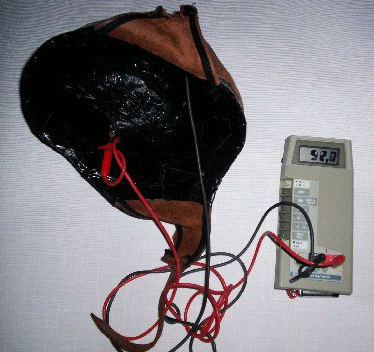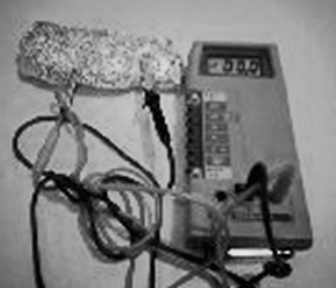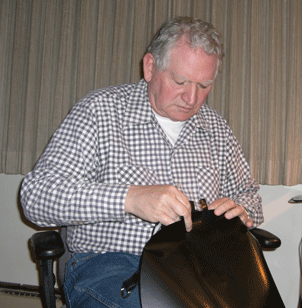DEVELOPMENT
The first thought screen helmets were made in 1998 and used aluminum foil. They were sent to an investigator in Iowa. The investigator reported that one user tried it for a short time with no results. Afterwards, the investigator could not be reached and the whereabouts of the helmets are unknown.
About 8 thought screens were made in early 1999 using a metalized plastic which is used in static shielding bags. Six users reported success but two users were overcome by telepathic commands from the aliens; they removed their helmets and were taken.
From 1999 to 2025 over 125 persons abducted by aliens have reported using thought screen helmets and hats made with Velostat. Since 1999 only one abductee was taken while wearing a thought screen helmet with Velostat. Most of the other abductees using thought screen helmets reported success. Some abductees could not be reached after they tried their thought screen helmets.
In 2007 several thought screen helmets were made with ten and twelve sheets of Velostat. Although eight sheets of Velostat are adequate in most cases, some abductees state that they had a headache or felt nauseous with that level of protection so hats with more velostat were made. This situation may indicate that the aliens have increased the power of their telepathic transmission, but the Velostat still works and aliens cannot control their victims.
Starting in 2015, several helmets were also made with thicker velostat, Part Number 1708, using six sheets instead of eight sheets. These helmets also worked. However, the thicker velostat must be heated with a hair dryer to make it pliable for construction.
As a general rule you should line whatever hat you are using with as many sheets of Velostat as you can stuff into it.
Velostat has impedance, as shown below by the thought screen helmet with a mulitimeter reading in ohms. Velostat does not hold a static charge when grounded. It is technically described as a conductive polyethylene film commonly used as a static control material in numerous semiconductor, electronics, and Smartcard applications due its easy-grounding nature. Velostat meets military specification MIL-P-82646A. It has different conductive properties than metals.
The Fluke multimeter indicates a reading of 52 ohms, as shown below, demonstrating the impedance of Velostat.




